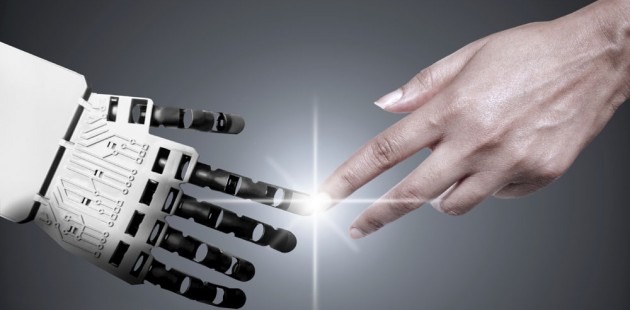Remarkable mushroom could replace plastics in everyday products
03/01/2023 / By Belle Carter

Researchers have found that a certain mushroom could replace plastic as a raw material for a myriad of everyday products. A Feb. 22 study published in Science Advances expounded on the capability of the Fomes fomentarius mushroom to yield a wide range of materials with different properties.
F. fomentarius becomes hoof-shaped as it ages, gaining it the nickname “hoof fungus.” The mushroom has been branded the “tinder fungus” as it is easily combustible and has been used to start fires for thousands of years.
The researchers scrutinized F. fomentarius using advanced imaging techniques and mechanical strength tests to study each layer and assess their potential uses. They found that it possesses different material properties ranging from soft and sponge-like to tough and woody.
The mushroom has three layers with distinct properties that could each be useful in different ways. First, there’s a very tough outer crust that could be used to make impact-resistant coating for windshields. There’s also a soft middle layer that could replicate leather, whereas the third inner layer is similar to wood.
Using their analysis, they created a prototype set of headphones using the threadlike structure, called mycelium, that makes up a fungus.
The paper mentioned that “in the future, [F. fomentarius] could also be used to create a new class of ultra-lightweight high-performance materials.” According to the technology website Verge, products made with the mushroom would be biodegradable and could be recycled at the end of the product’s life to make a new item.
They noted that studying the molecular structure of this mushroom and others could pave the way for these biodegradable materials to become “a more sustainable building block of [people’s] lives.” (Related: Scientists create a “bionic mushroom” that produces electricity.)
Surf’s up with boards made from mushrooms
Since plastic made from fossil fuels end up in landfills and waterways due to being difficult to recycle, products made from F. fomentarius and similar mushrooms could help cut down on the mountains of waste discarded by humans.
Aside from the researchers responsible for the Feb. 22 study, surfboard designer Steve Davies is also looking at the possibility of mushrooms being used to make surfboards. The 23-year-old from Wales has been developing innovative materials made from mycelium, the root-like structures found in mushrooms.
Davies’ foray into fungi began when he was still a design student working on his final project at Cardiff Metropolitan University. He set out to find a solution to the environmental impact of surfing, given that boards are made of material that does not easily degrade.
Davies used mycelium to act as a glue between a natural skeleton structure that he formed in a mold.
“It sounds a little bit crazy, but it’s a way to get away from polystyrene, polyurethane and resin boards that can sit in a landfill and not decompose for hundreds to thousands of years,” he explained. “There are over 400,000 boards made every year. Of these, 80 percent are not sustainable.”
When surfboards made of polystyrene disintegrate, they may go into the ocean and bio-accumulate. Humans may end up ingesting polystyrene plastic.
Visit Ingredients.news for more stories like this.
Watch the video below that talks about mushrooms and their benefits to health and the environment.
This video is from the Planet Zedta channel on Brighteon.com.
More related stories:
Foraging 101: Tips for mushroom foraging.
Review looks at the health benefits of mushroom nutraceuticals and supplements.
This medicinal mushroom shows promise in reducing symptoms of atherosclerosis.
Reishi mushroom powder is an effective treatment for mouth ulcers.
Sources include:
Submit a correction >>
Tagged Under:
breakthrough, discoveries, fungus, green living, hoof fungus, ingredients, mushroom, mycelium, Plastic, plastic alternative, polystyrene, polyurethane, research, surfboard, sustainable, tinder fungus
This article may contain statements that reflect the opinion of the author
RECENT NEWS & ARTICLES
COPYRIGHT © 2018 BREAKTHROUGH.NEWS
All content posted on this site is protected under Free Speech. Breakthrough.news is not responsible for content written by contributing authors. The information on this site is provided for educational and entertainment purposes only. It is not intended as a substitute for professional advice of any kind. Breakthrough.news assumes no responsibility for the use or misuse of this material. All trademarks, registered trademarks and service marks mentioned on this site are the property of their respective owners.



















